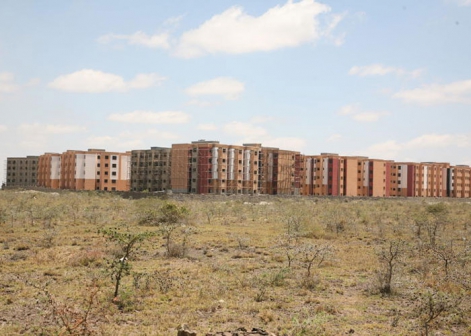×
The Standard e-Paper
Kenya’s Boldest Voice

For over a year now, housing indices have been reporting a stagnation in prices for high end homes. At the same time prime rental yields have also dropped slightly. This, put together, with government policy moves promise to shift the focus to lower priced homes, offering those who want to buy homes but can hardly afford to due to the prevailing high prices and shortage of home sin the lower income brackets a lifeline.